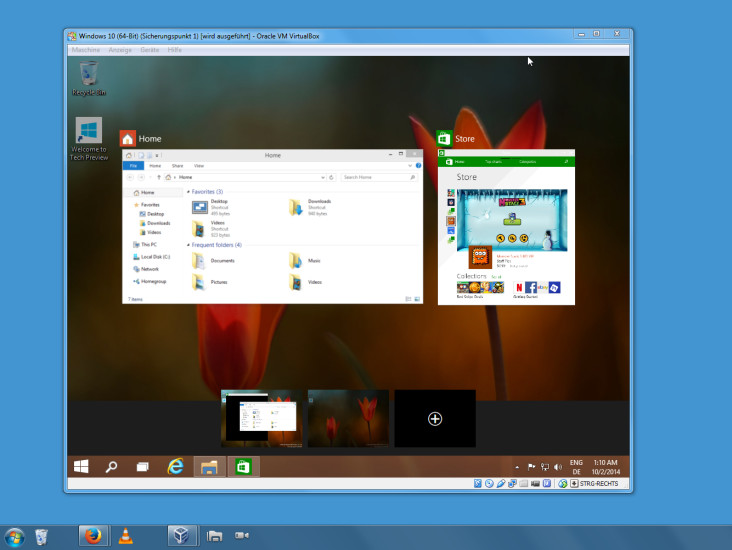
full control over the graphical video-device and storage disks with detailed setting up of the video-capture options and controllers (IDE, SATA, SAS, SCSI, USB, NVMe) appropriately.specific ability to apply the hardware virtualization options, designed to accelerate the performing of mostly-used commands and functions (VT-x/AMD-V, Nested Paging).the full support of multi-core CPU platforms with distinct distribution of the load between different cores.the flexible definitions of selected chipset, I/O APIC and EFI (only for special systems).the support of Drag’n’Drop and Shared Clipboard features between the guest and host systems.the ability to use dynamically allocated or fixed size hard disk in order to store the emulated OS files and images.



When you reach the error screen, hit Shift + F10 to open a Command Prompt and enter the following two commands. So, we'll just tell our VM to skip those checks.

Likewise, some can inject a virtual TPM, but most, again like VirtualBox, cannot currently. Some VM software, such as VMware, can handle the Secure Boot aspect, but VirtualBox, for example, cannot. This is down to two key Windows 11 hardware requirements: TPM 2.0 and Secure Boot. Whichever virtual machine tool you're using to install a Windows 11 VM with on Linux there's one thing you're more than likely going to come up against: an error saying your PC can't install it. Source: Windows Central (Image credit: Source: Windows Central)


 0 kommentar(er)
0 kommentar(er)
